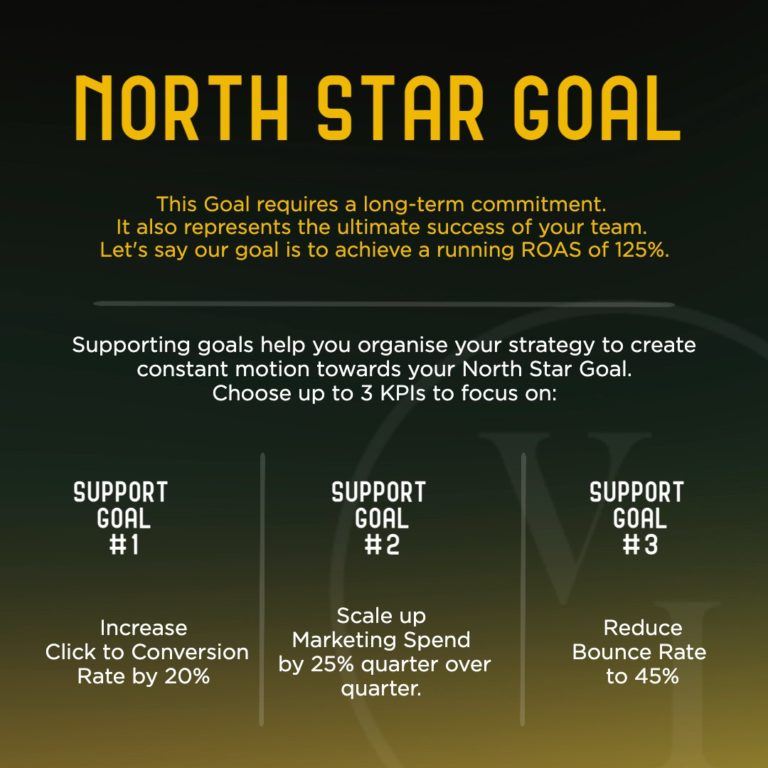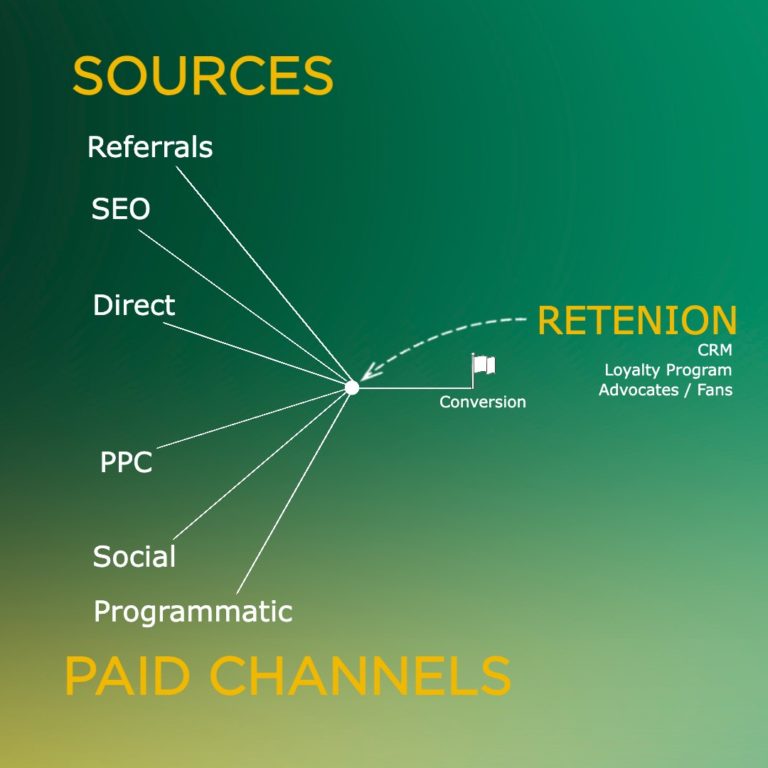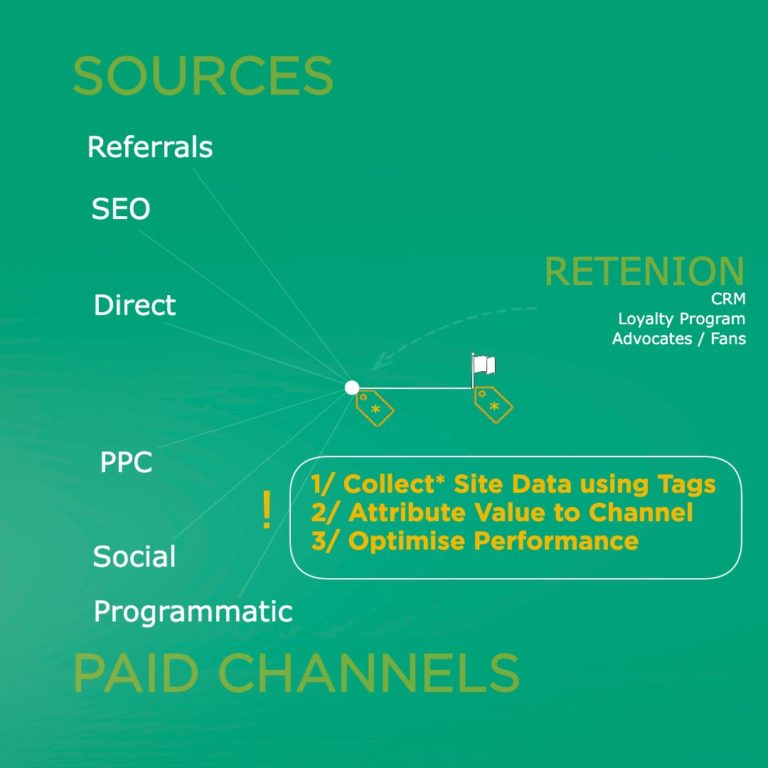For smart decisions to take place in your team and business, you need to make sure that you are working with accurate and complete data. In other words, it is of utmost importance that the data being reviewed is audited.
We need to make sure that we are not dealing with “irrelevant” data as this would skew our trajectory away from the desired goals. In computing, we refer to this ‘irrelevant’ data as “garbage” and the acronym GIGO referring to ‘Garbage-In Garbage-Out’. To ensure we do not end up in the garbage-in garbage-out dilemma here are three best practices to start your data resource audit on your data collection structure:
1. Choose the right KPIs
Key Performance Indicators (KPIs) enable the team to evaluate the success of a campaign, and make smart business decisions. Establishing the right KPIs will help you and your business determine whether budgets are being spent in the right areas.
There are plenty of performance indicators you can measure, from the number of hits, clicks, conversions, Facebook likes, or form completions. You could also consider metrics such as Cost per Acquisition (CPA), Customer Lifetime Value (CLV), or even Return on Ad Spend (ROAS).
Still not sure which KPIs are relevant to you? Or there are too many to consider? We got you.
An approach we use is to formulate our North Star Goal and identify the Supporting Goals that would strategically help us get there. Use the chart to learn more about this method.
Now, set your goals on these metrics and keep in mind industry trends, and averages for a competitive perspective.

We need to make sure that we are not dealing with “irrelevant” data as this would skew our trajectory away from the desired goals.

2. Understand the customer journey
Every customer goes through a process before deciding to purchase a product or engage a service. Usually, after a customer realises they have a problem and identify a product or service as a solution, they research, compare and consider their options.
As marketers, knowing our customer’s decision-making journey is crucial to sealing the deal. We can do that by measuring how long they are spending on our page: Have they added an item to cart? What could be the reason that the traffic generated is not converting? The data can tell us where we may be losing customers and how we can fix it — whether it’s through UX fixes or more engaging content.

As marketers, knowing our customer’s decision-making journey is crucial to sealing the deal.

3. Measure the correct KPI for users along the customer journey
After having established the campaign objective and assigned KPIs and mapped out the customer journey, the next step would be to assign priority to KPI completions and optimise in a way that makes it simpler for users to achieve the goal of their visit.
We can measure the user’s progression across the entire site using Analytics tags coupled with URL templates, in order to identify which channel and campaigns the converters are using to get to your site. Digital marketing is so powerful because we can measure every inch of our customer’s journey.
This data can be harnessed by installing conversion tracking systems such as targeting pixels and floodlight configurations, both tools used to optimise your digital ads and overall site, as well as to build retargeting audiences and drive them back to you.

As a digital performance consultancy, VANE IVY can walk you through measurement techniques that allow you to keep metrics that matter to your business in-check, and also factor in how Machine Learning can help you achieve scalable results. Using our background in deep research, passion for marketing and affinity towards tech, we’re here to help you and your brand gain visibility from the right audiences.